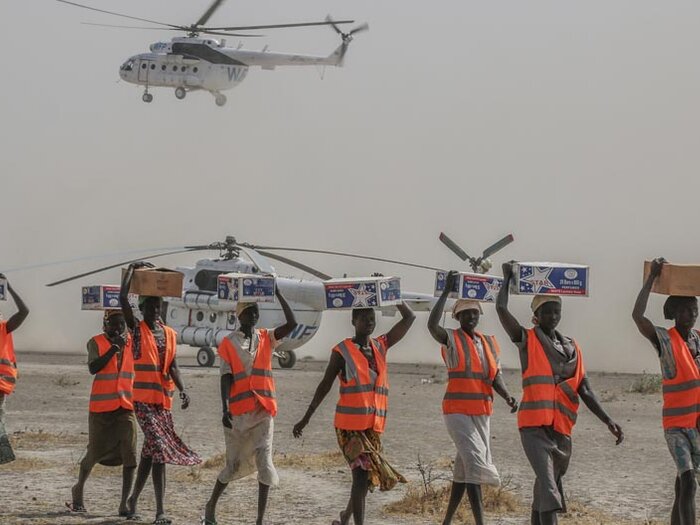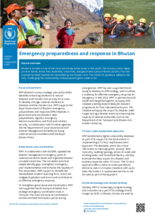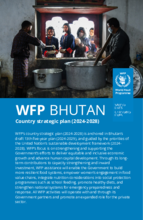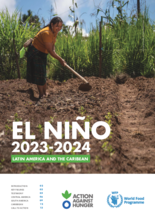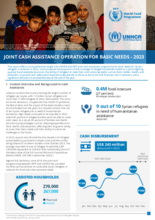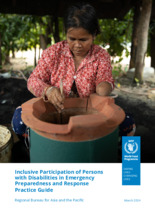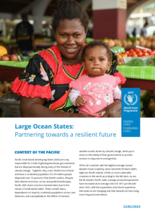In recent years, the World Food Programme (WFP) has managed complex emergencies, natural disasters, epidemics, and pandemics. Emergency preparedness and response is rooted within WFP policies and is crosscutting within all levels of the organization at country, regional, and global level.
Emergency preparedness refers to a set of elements that allows us and our partners to be effective, efficient and timely when crises erupt. These elements are:
- Early Warning systems. Derived from evidence-based analyses and risk assessments for conflict, natural or economic hazards which may affect current WFP operations or create new humanitarian needs, these inform decisions on resource allocation and operational readiness. Geographic Information Systems allow us to visualize information generated, collected or assembled from various functions within WFP. Targeted geospatial analyses show the immediate impact of natural disasters, focusing on affected populations and existing assets or ground operations.
- Inter-Agency support and coordination. Effective coordination among all actors involved in humanitarian crises clarifies roles and responsibilities; eliminates duplication of effort; ensures complementarity; remedies gaps; and facilitates information sharing, collaboration and joint planning.
- Civil-Military Coordination. As military forces are increasingly deployed in humanitarian settings, the UN's Inter-Agency guidance on Civil-Military Coordination provides the standards for our operational interactions with national and international militaries.
Preparedness aside, the emergency response itself remains WFP's area of highest impact. A range of structures and resources ensure mobilization, management and accountability when responding to a crisis. These include:
- Our skilled emergency workforce. We promote and strengthen individual skills at all stages and invest in opportunities to build the next generation of emergency responders. We also leverage external expertise, including our operational alliances and Standby Partners.
- Our global supply chain capacity. Our operational agility and ability to innovate and expand networks enable us and our partners to reach vulnerable communities in some of the most inaccessible locations, reduce delivery times and save costs – whether it is food, cash, or a combination of the two. When disaster strikes, we deploy operational experts and provide immediate support through the United Nations Humanitarian Air Service, the United Nations Humanitarian Response Depots network, the Fast Information Technology and Telecommunications Emergency and Support Team, and engineering services. WFP provides coordination in emergencies through the Logistics and Emergency Telecommunication Clusters, storing and transporting urgent relief items to affected populations, and setting up connectivity in the most remote areas.
- Our Operations Centre at Rome headquarters, OPSCEN, facilitates communication and coordination in emergencies. It includes a 24-hour, seven-days-a-week hotline for the country and regional directors to report critical incidents and share information. OPSCEN also facilitates inter-agency coordination through connections to the UN information exchange network, including other UN operations centres and the Geographic Information Support team.
- Operational information management. WFP generates a Common Operational Picture for itself, partners and donors. It supports creating timely, consistent and user-friendly products for WFP management and external audiences to assist decision-making; support fundraising and awareness-raising; help with broader humanitarian coordination, and document humanitarian responses' progress. Quality operational information management and reporting help WFP be more efficient and uphold its transparency and accountability principles.
- Lessons Learned. Fed by staff involved in emergencies, this knowledge management function allows us to gather and store response expertise, strengthen our capabilities and guide future interventions. It ensures a more robust capacity to respond and informed future interventions.

